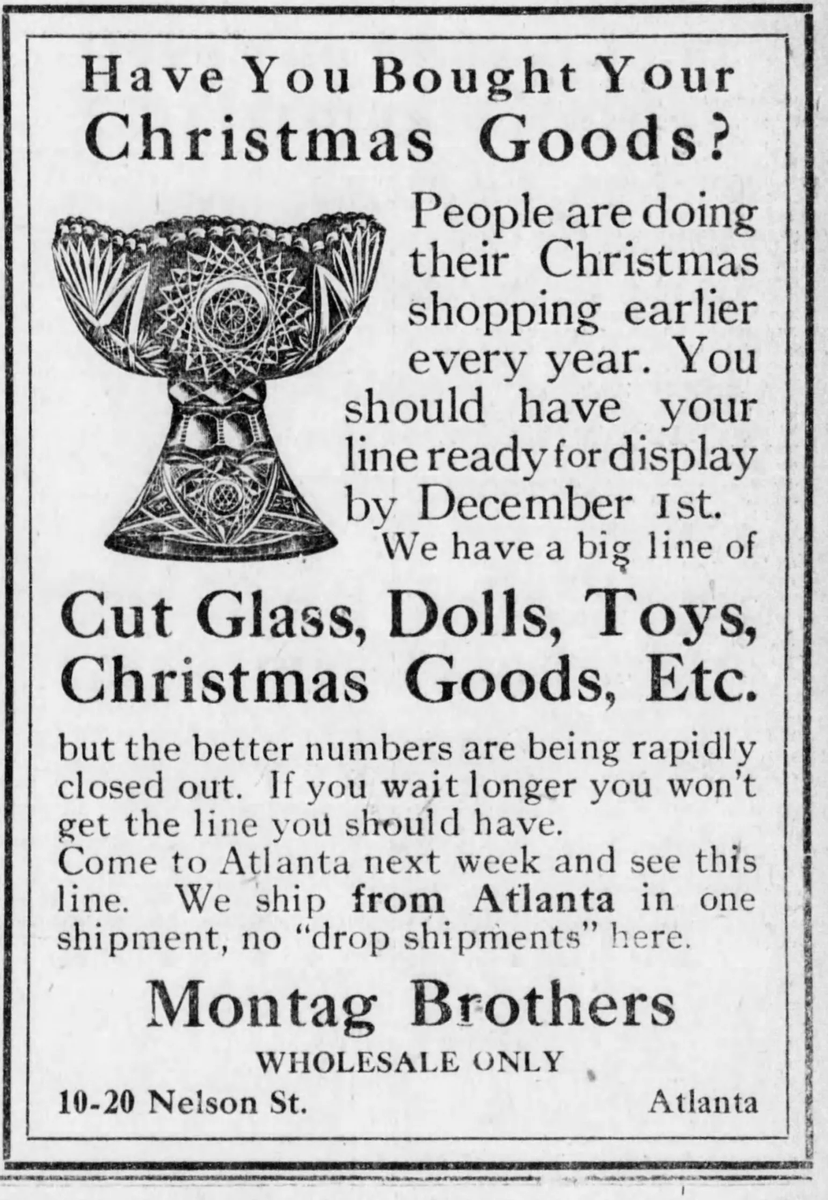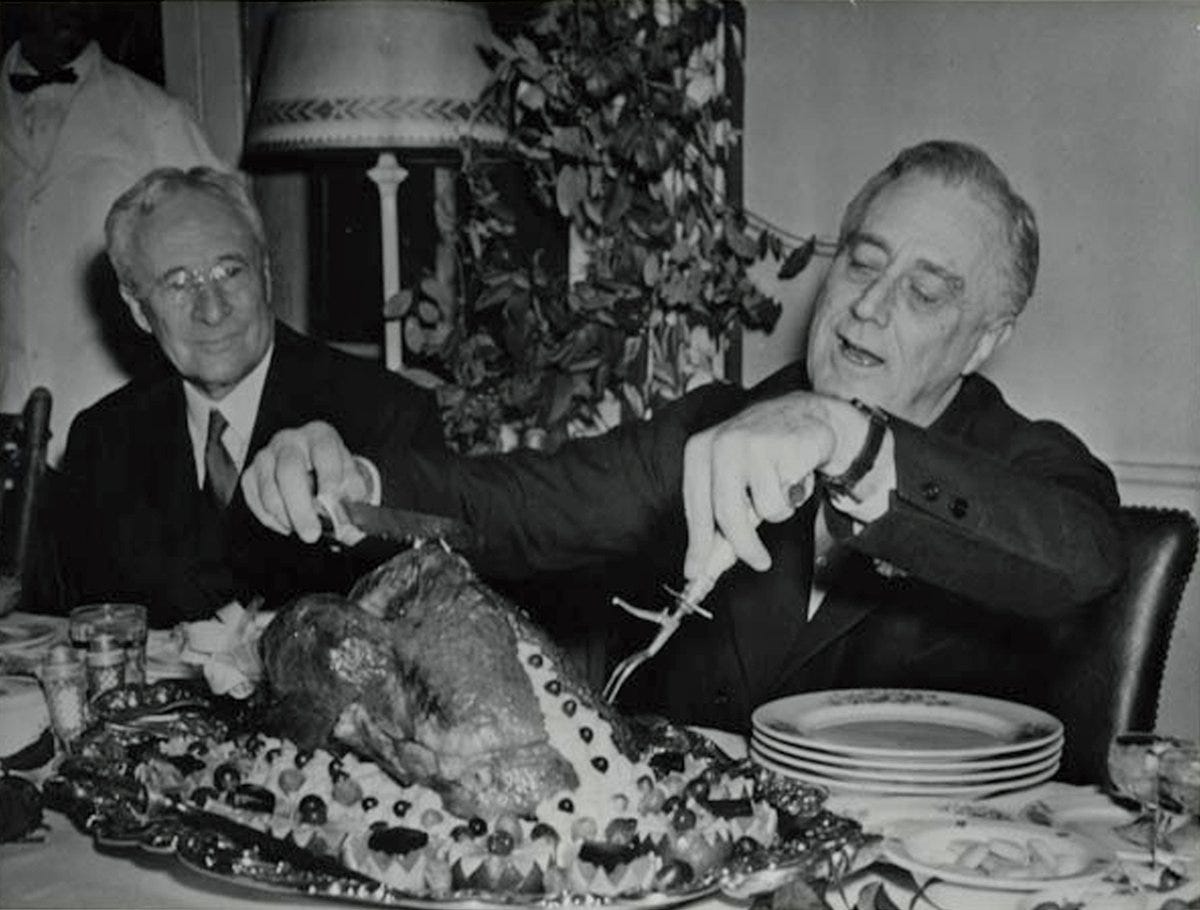Christmas might’ve just ended, but the Christmas season lasts longer than just one day. The Christmas season seems to start earlier and earlier every year… This year, Starbucks started using their holiday-themed cups weeks before Thanksgiving, and Target was selling Christmas decorations before Halloween.
That's not new. Christmas has always seemed to start earlier: This is a phenomenon known as “Christmas creep.”
Nearly 150 years ago, an 1883 Washington Evening Star article noted: “The holiday season of trade seems to begin earlier every year.” In 1913, the Sioux Falls Argus wrote: “The fourth of July flags and bunting [are barely] ... taken down before the Christmas holly and mistletoe go up.”
Not everyone complained about this creep, though; Florence Kelley, for instance, championed it. A notable human rights advocate who co-founded the NAACP, Kelley wrote an essay in 1903 celebrating early Christmas shopping.
For her, the December shopping rush tortured overwhelmed workers. Early shopping could alleviate this chaos. She wrote: “Many children for whom the cruel exposure attending their holiday work is followed by nervous prostration, or pneumonia, too often ending in tuberculosis.”
In turn, Kelley launched the “Shop Early Campaign.” Cities were plastered with signs to promote early shopping, and during World War I, the Council of National Defense supported early shopping to ease transport and labor shortages.
But, the complaints around Christmas creep continued. This was, perhaps, due to President Franklin Roosevelt. In 1939, he moved Thanksgiving up from November 30th to November 23rd. He wanted to prolong the shopping season and boost sales amidst the Great Depression. He did it again in 1940 and 1941.
That year, Congress put an end to this fluidity by permanently scheduling Thanksgiving for the fourth Thursday of November; prior, the President could choose the nation's day of thanks. But, even so, FDR had successfully extended the Christmas shopping season.
World War II fueled this creep, too. The Post Office Department told citizens that Christmas mail to soldiers needed to be sent by November 1, which meant that many Americans started Christmas shopping in September. And, lo and behold, by the middle of the 20th century, the Christmas season started solidly in the fall, well before the first snowfall.
And, unsurprisingly, critiques of this creep persisted. Consider an October 1959 Peanuts cartoon where Charlie Brown can’t find a Halloween mask in a store because “they were busy putting up Christmas decorations.”
So, as the holiday season comes to a close, you’re not the only one who may have felt like the Christmas cheer lasted longer than usual. In fact, perhaps the only thing more festive than Christmas is complaining about Christmas creep.







